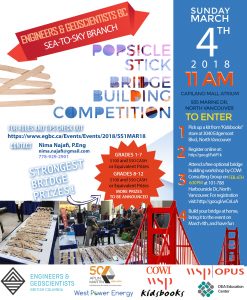Have you ever blown up a balloon and let it go? The air rapidly escapes the balloon making it fly away.
Students were challenged to harness this energy and design their very own car that could be propelled forward using a single balloon.
Engineering Design Constraints
1. The car must be propelled forward by the air escaping the balloon.
2. The car must be sturdy and not fall apart when in use.
3. The car must travel at least five feet.
4. The car must travel in approximately a straight line.
Materials Suggested
Power: One latex balloon
Car body: Plastic bottle, plastic cup, or cardboard
Wheels: CDs, bottle caps, empty rolls of tape
Axles: Wooden dowels, wooden skewers, plastic straws
Other materials: plastic straws, hot glue, tape, paper clips, scissors, rubber bands
Math Connection
During the testing phase students were asked to calculate the average speed of their balloon cars. The equation they used to calculate the average speed of their car
was:
𝑎𝑣𝑒𝑟𝑎𝑔𝑒 𝑠𝑝𝑒𝑒𝑑 = 𝑡𝑜𝑡𝑎𝑙 𝑑𝑖𝑠𝑡𝑎𝑛𝑐𝑒/𝑡𝑜𝑡𝑎𝑙 𝑡𝑖𝑚𝑒
